Softening Veg Tan Leather
How to soften veg tan leather what you need to know, when it comes to wallets, belts, and other leather goods, vegetable-tanned leather is an excellent choice because it is super-durable, affordable, and can be dyed in any number of colours to match your wardrobe. The only problem is that veg-tan leather is stiff and difficult to work with initially, so softening it can be a bit of a challenge. Nevertheless, learning how to soften veg tan leather doesn’t have to be complicated because there are numerous ways to make the task a little easier.
Why is Veg Tan Leather So Popular?
In addition to the benefits mentioned earlier, veg tan leather can be formed into many different shapes easily and quickly. It also keeps its shape a lot better than other types of leather, especially when it is wet. What this means in practical terms is that you can use water to control creases and folds in the leather. When you do this, it won’t ruin the look or feel of the item but instead will remain the same when it comes to its look and feel.
While some types of leather get sticky with age, veg tan leather does not. In fact, over time, veg tan leather develops a shininess that some people think looks better than brand-new veg tan leather. One of the biggest reasons people love working with this type of leather is its ability to be dyed to a specific colour, which means you can always match an item made of veg tan leather to another item if you like. And as the item ages, the natural sheen changes according to the oils in your skin, meaning it is truly uniquely yours.
How Do You Soften Veg Tan Leather?
The first thing you need to do when you wish to soften veg-tan leather is to make sure your hands are as clean and dry as possible. Please make sure the area is well-ventilated and place newspapers or plastic underneath the item so that nothing spills over onto something it shouldn’t. If you notice dirt on the leather, wipe it off well before you start to work.
This is important because if you don’t get the dirt off at this point, it may get pushed further into the item later on during the process. Most people will dye their leather before softening it, not only because it allows the dye colour to adhere to the leather better at this point, but also because, in some ways, dyed leather is easier to soften than leather that hasn’t been dyed. Choose your dye carefully, and keep in mind that mink oil dyes, which have gorgeous colours, are usually very dark.
Unless you want the final colour to be very dark, it’s best to avoid this type of dye for your veg tan leather.
When you apply your dye, paint it on in 1/4-inch layers, and keep applying those layers until you notice that the dye is no longer sinking into the leather. Wipe off the excess dye with a paper towel, and keep wiping until no more dye comes off, then let the item dry for several minutes. If you’re not happy with the colour, you can add more dye to the item, and once it gets to the colour you want, it is time to start applying some type of oil to soften the leather.
What Type of Oil Should You Use?
There are numerous types of oil you can use to soften your veg tan leather. Most people recommend mink oil, natural olive oil, or neat’s foot oil, all of which are relatively inexpensive and easy to use. To apply the oil, make sure you wear gloves before you get started, and brush the entire surface of the leather with the oil until it is somewhat shiny from the oil penetrating through to the other side. Make sure that the leather is fully penetrated with the oil.
Once you apply the oil, let the item sit for 15-20 minutes to absorb it into the leather fully. Darker colours may require you to wait longer than 15-20 minutes, so you’ll have to watch it carefully to know exactly how long to let the oil absorb. After 20 minutes or so, look at the leather and, if necessary, reapply more oil and wait another 15-20 minutes. Once you’re happy with the way the leather item looks, you can move on to the next step.
The key is to make sure you’ve applied enough oil so that it totally penetrates the leather item. It will get darker as more of the oil is applied. After this step, you’ll want to let the leather item dry completely, which usually takes a minimum of eight hours. In fact, many people choose to let the item dry overnight just to be on the safe side.
Once it’s completely dry, apply a very thin layer of lotion or soap to the leather with your fingers, using a circular motion. Do this for up to 10 minutes but no longer. After you’re done, wipe off all excess oil and let the leather item dry overnight. As a general rule, you’ll want to let it dry 2-3 hours for every coat of oil you put on it, but overnight is best because it will ensure the oil is completely dried.
Conclusion Of How to Soften Veg Tan Leather
Keep in mind that you can also use wax or glycerine to soften your veg tan leather in addition to the oils listed above. Oils leave a lovely sheen and usually darken the colour slightly, and they make the leather more pliable. Glycerine will remove impurities in the leather fibbers but produce a clean matte finish, not a shiny one.
This type of conditioner is best for older leather and not brand-new pieces. Finally, wax conditioners require that you apply them with a soft cloth, let them sit for around 5 minutes until dry, then buff them with a polishing cloth to get the right look and feel.
Softening your veg-tan leather is not difficult. You just have to decide how you want the item to look before deciding on the type of conditioner to use, and the rest is simple.

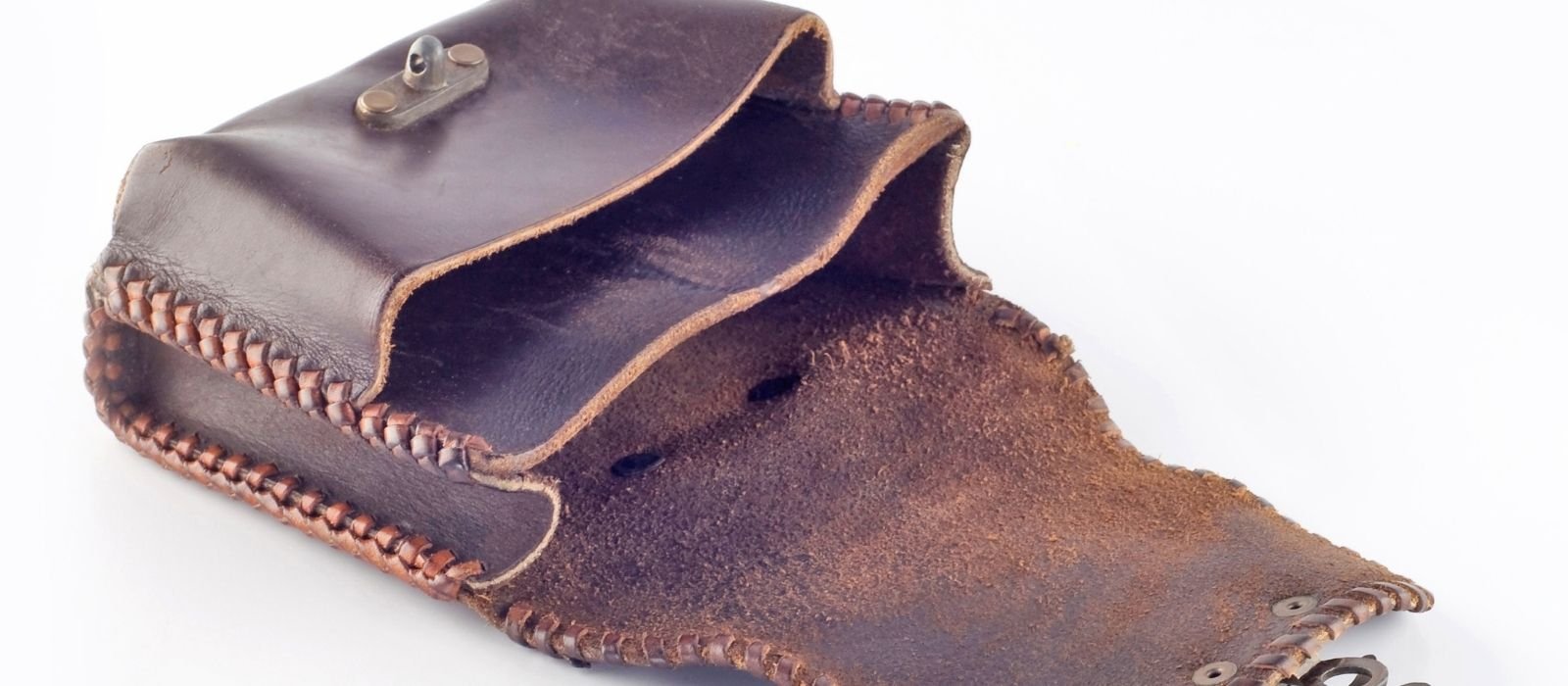
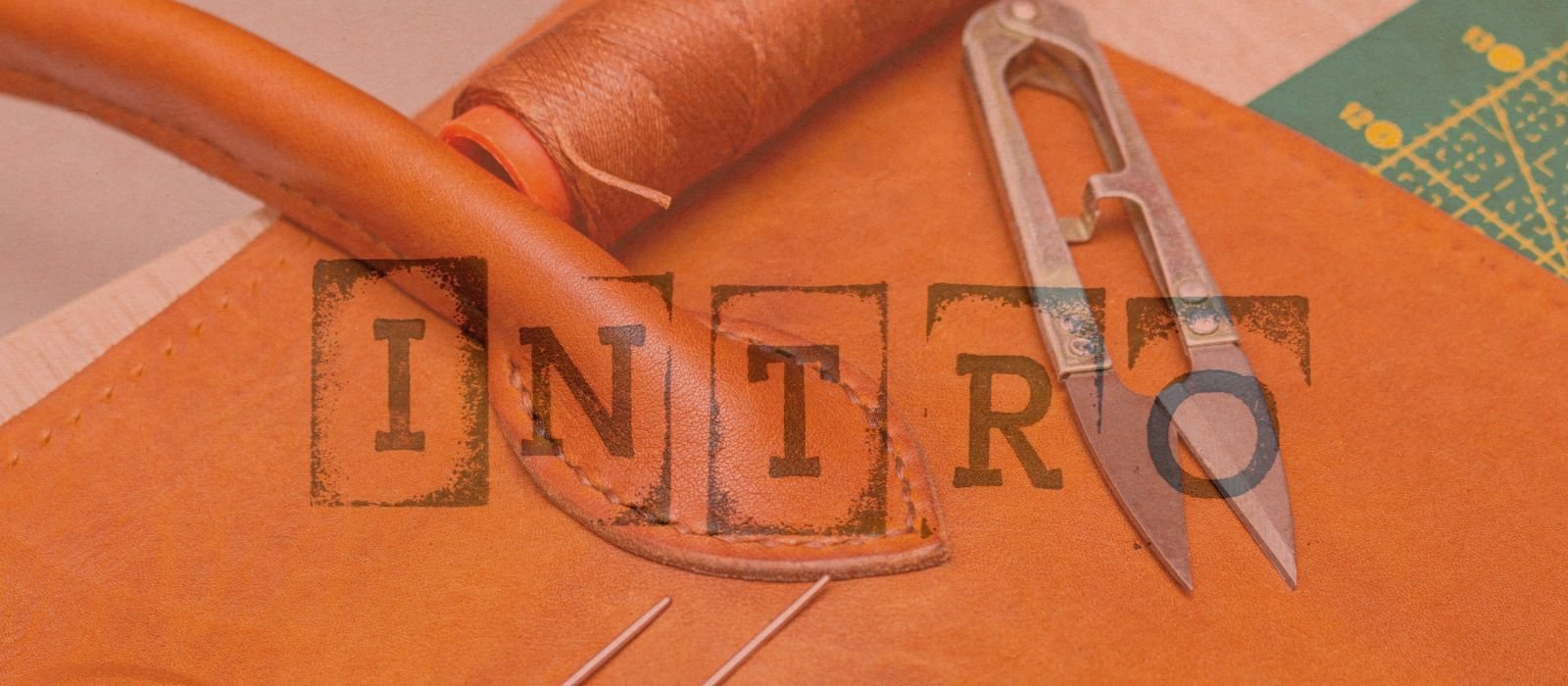


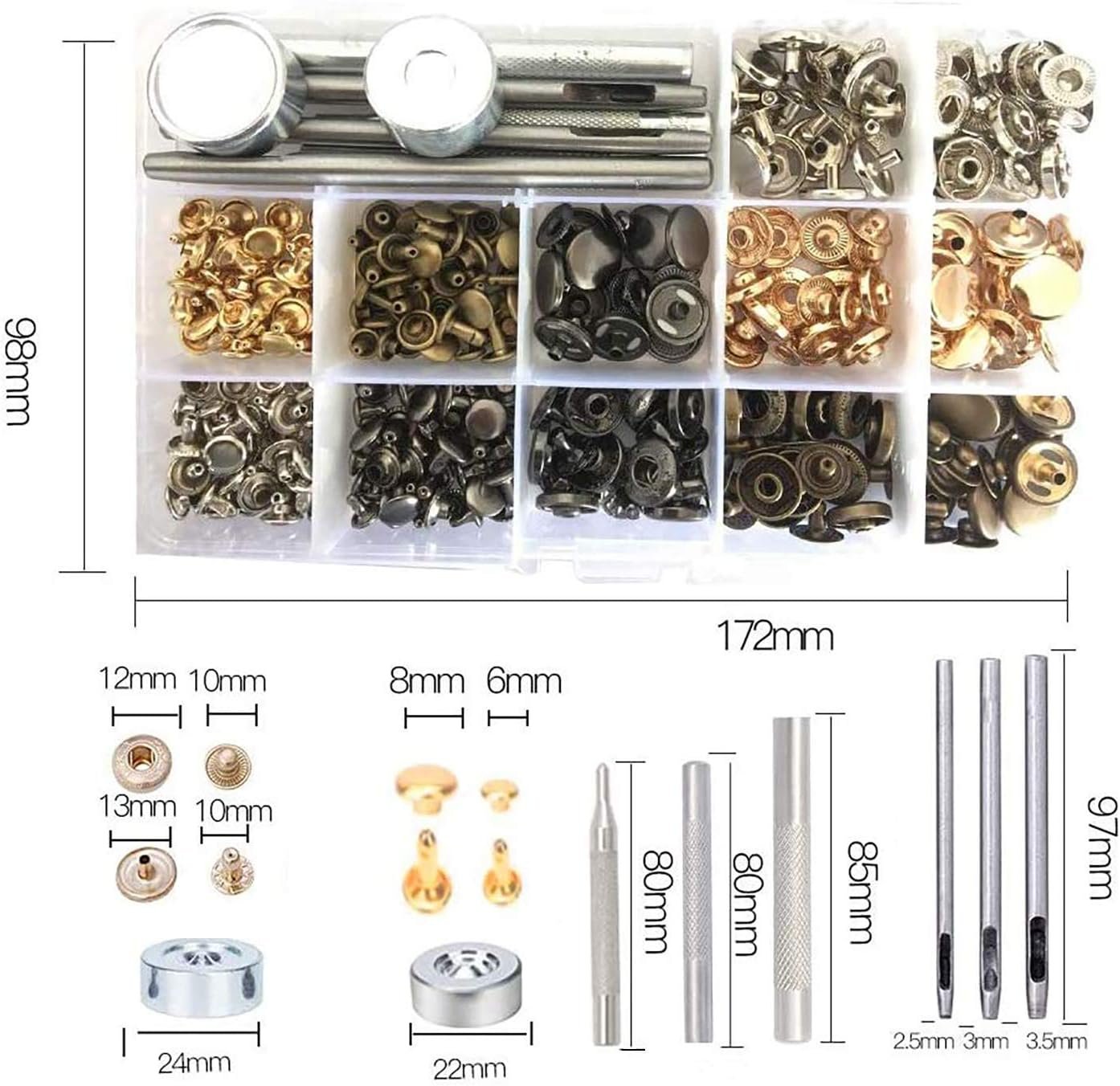
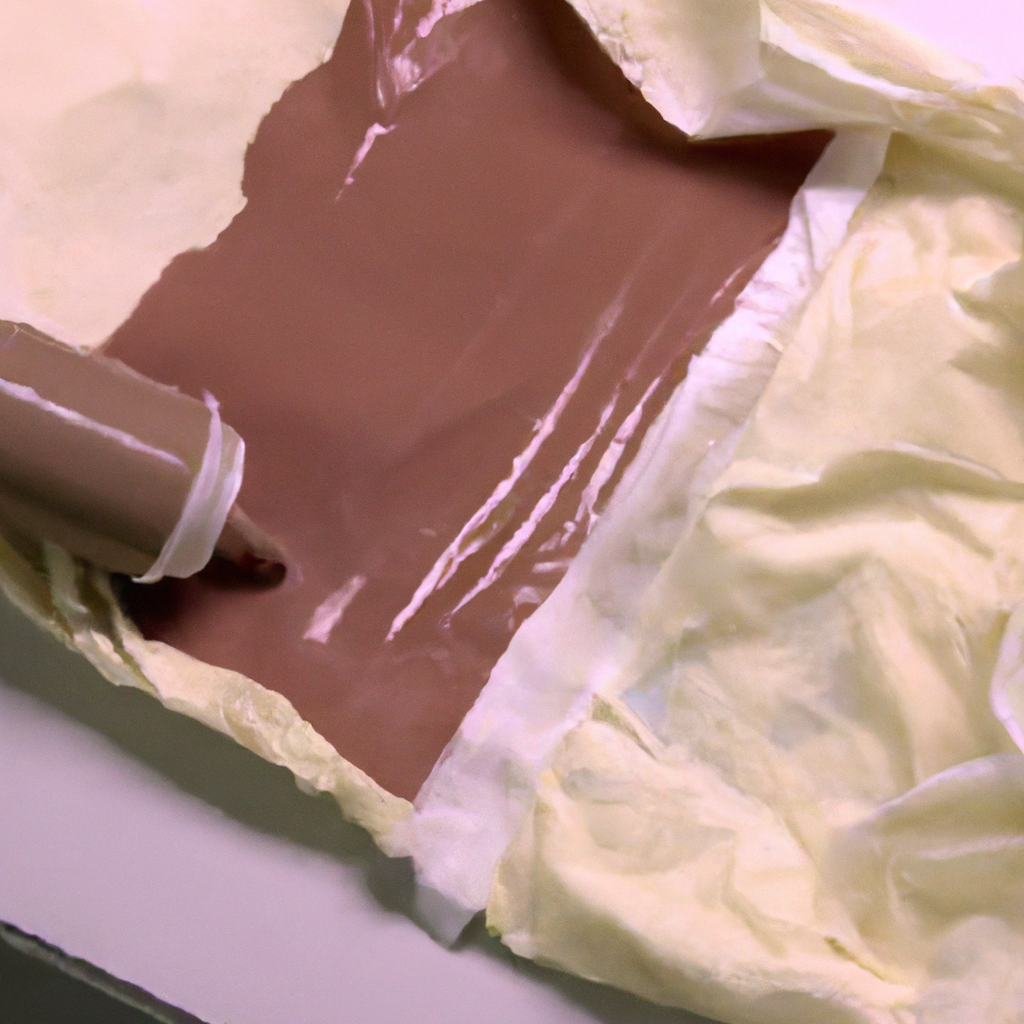
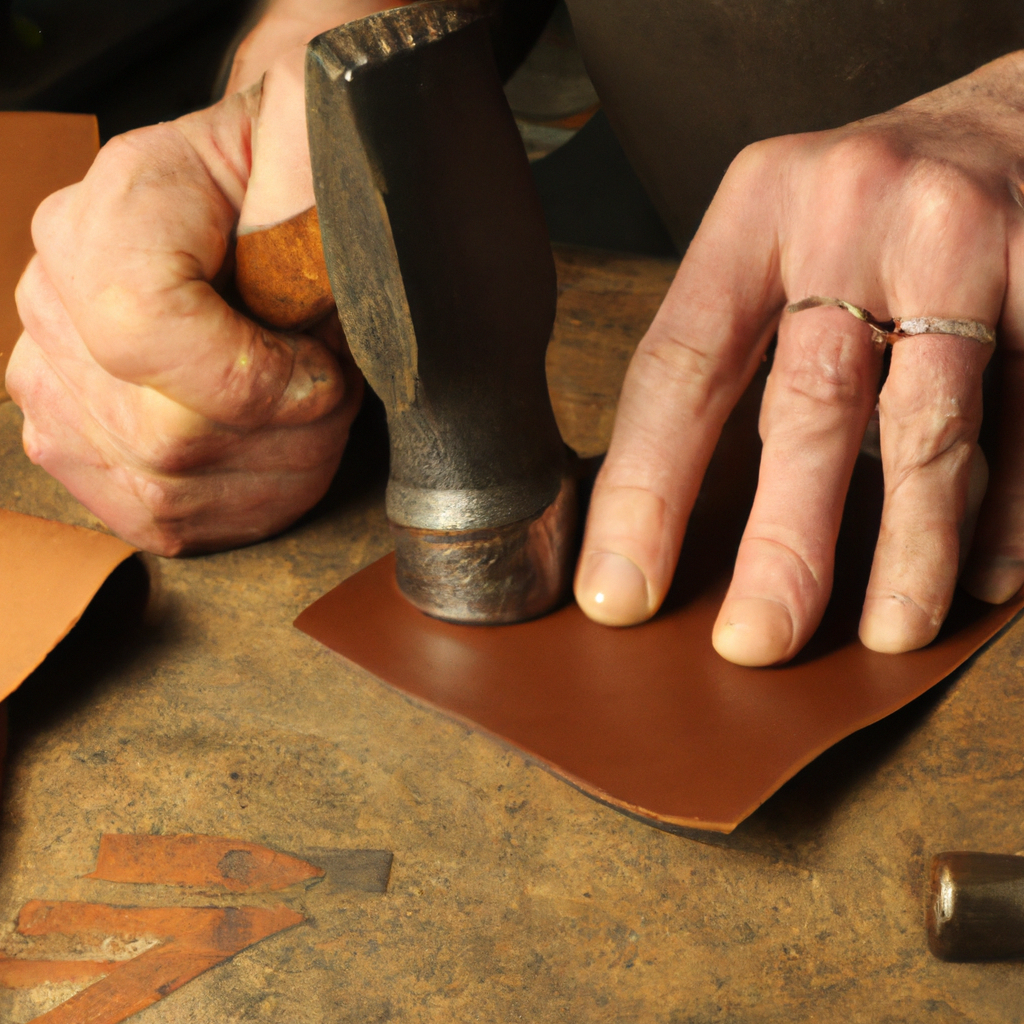

Leave a Reply
You must be logged in to post a comment.